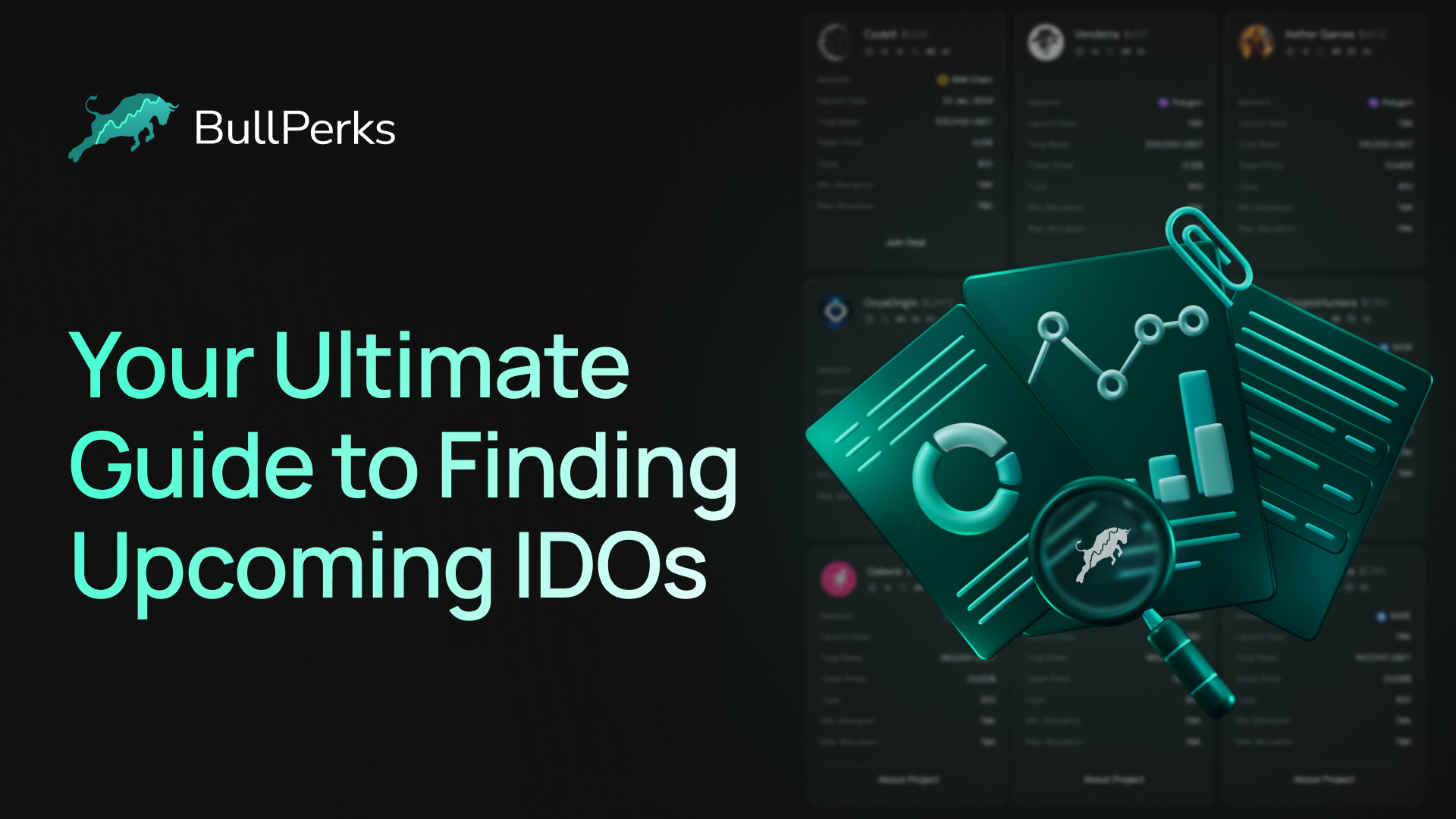All About Allocation: Meaning and How It Works
09 Apr, 2022

In the context of the crypto world, "allocation" refers to the distribution or assignment of resources, often in the form of tokens or assets, to different entities or participants within a particular project or investment. This term is used in various contexts, and below, we will explore some common definitions and aspects of allocation in the crypto space.
01
What Is an IDO? Initial DEX Offering Explained

02
Comparing IDO and ICO: Unveiling the Key Differences

03
A Quick Guide to Launching Your Own IDO

04
IDO Investment Tips

05
All About Allocation: Meaning and How It Works

06
Your Ultimate Guide to Finding Upcoming IDOs

07
How to Choose the Right Crypto Project for IDO

08
Maximizing Crypto Success in Crypto Space: What to Do After Your IDO Goes Live

What Does Crypto Budget Allocation Mean?
A crypto project at its early stages usually has the team and the community deciding how to allocate the tokens and budget across the different departments and objectives. Many startups have their own treasuries and foundations, each with its own assigned coin serving a particular purpose. Here are the main allocation types used in the crypto space. Token allocation involves the distribution of a cryptocurrency project's native tokens among different stakeholders. During the token allocation, tokens may be allocated to project founders, team members, investors, advisors, and community members. If projects decide to distribute their tokens, they usually outline it in the project's whitepaper or tokenomics document.Token Allocation for IDO
 Source: Freepik
Token allocation in an IDO is a crucial aspect that determines how new tokens are distributed (allocated) among participants during the fundraising event. Here are common factors and considerations associated with token allocation in an IDO.
Source: Freepik
Token allocation in an IDO is a crucial aspect that determines how new tokens are distributed (allocated) among participants during the fundraising event. Here are common factors and considerations associated with token allocation in an IDO.Whitelist and KYC (Know Your Customer)
Participants may need to join a whitelist by registering their wallet addresses in advance of the IDO. KYC procedures may be required for compliance purposes required by the government and regulators, especially if the project is aiming to meet regulatory standards.Allocation metrics
Token allocation for a particular purpose is commonly determined by the amount of cryptocurrency (e.g., ETH, BNB) contributed by participants. Larger contributions of resources may receive a proportionally higher allocation. Some projects implement a tiered system where participants in higher tiers receive more tokens.Participation tiers and vesting periods
Projects often set up different participation tiers based on factors such as the number of tokens held by participants, funds available on the wallet, the level of engagement with the project of a person, or their contribution to the ecosystem. Each tier may have its own rules for allocating tokens and benefits offered to persons who meet those rules. Vesting periods define when participants can access and trade their allocated tokens. Vesting is often used to incentivize long-term commitment, preventing immediate selling and market volatility. Tokens may vest over time or based on specific project milestones.Governance participation
Projects may allocate tokens in person to participants who actively engage in governance or decision-making processes such as project accounting matters, supported charities if any, and the money allocated to them, project development, and other matters. Holding a certain amount of tokens may grant participants voting rights in the project's governance structure.BullPerks Token Allocation: Case Study
Understanding the allocation and tokenomics of a project beforehand can help you decide if it can indeed become a profitable long-term project or not. For example, at BullPerks, our token allocation is:- Treasury: 27.5%
- Liquidity and Staking Rewards: 20%
- Token Sale: 19.5%
- Team: 13%
- Advisory: 5%
- Operations: 5%
- Copper Bull (1500 BLP tokens)
- Bronze Bull (5000 BLP tokens)
- Silver Bull (15K BLP tokens)
- Gold Bull (50K BLP tokens)
- Titanium Bull (125K BLP tokens)
- Platinum Bull (250K BLP tokens)












